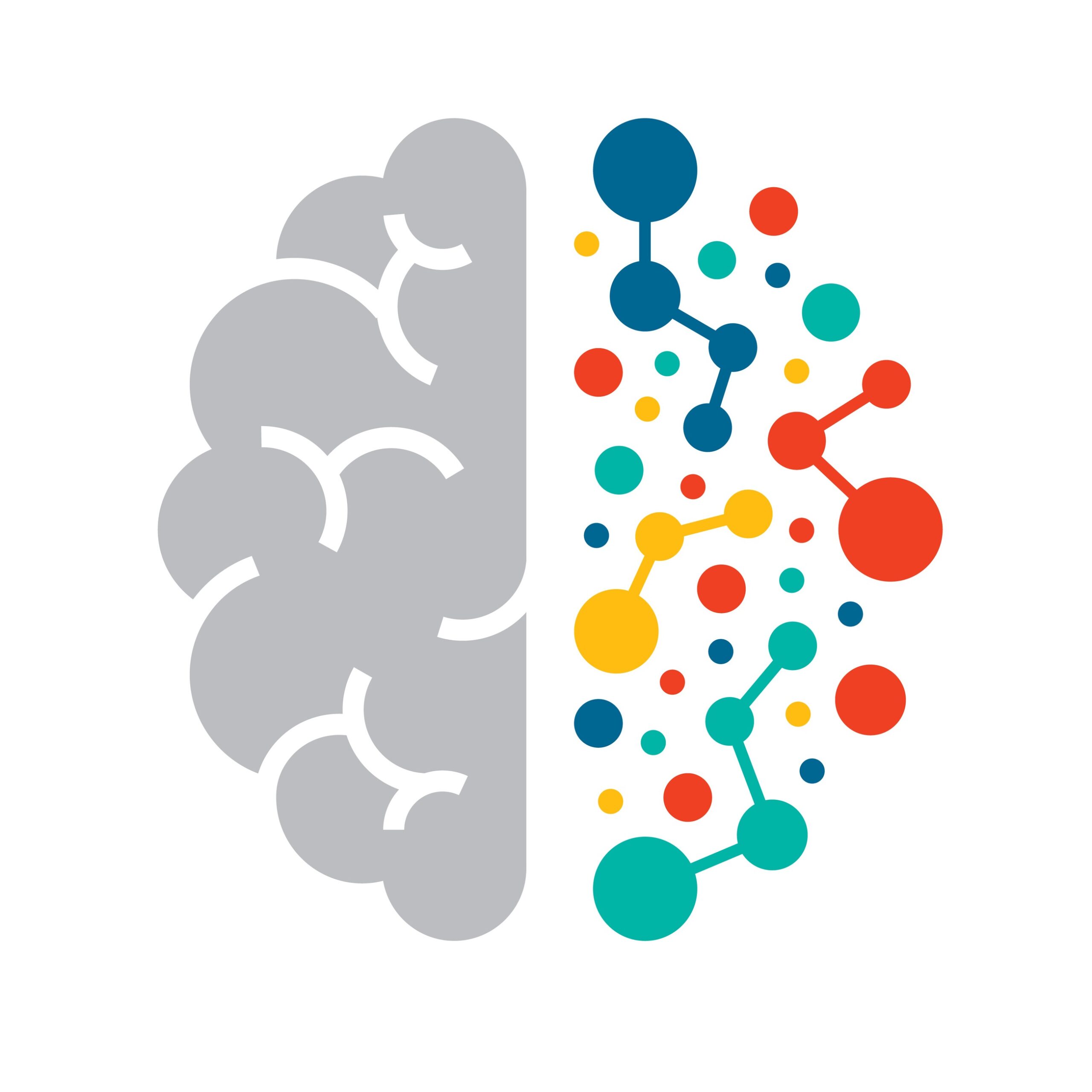Fear, that primal instinct that sends shivers down our spine and makes our heart race, is something we all experience at some point in our lives. It’s a natural reaction designed to keep us safe from danger, but sometimes it can feel overwhelming and paralyze us from taking action. Understanding how your brain processes fear can help you manage it better and take control of your emotions.
At the center of your brain’s fear response is a small but mighty structure called the amygdala. Think of it as your brain’s alarm system – it’s constantly scanning your environment for potential threats and sounding the alarm when it detects danger. When your amygdala senses a threat, it triggers a series of reactions in your body to help you respond quickly and effectively.
One of the key players in the fear response is adrenaline, the hormone responsible for the “fight or flight” reaction. When your amygdala sends out an alert, adrenaline floods your system, causing your heart to race, your breath to quicken, and your senses to sharpen. These physical changes are your body’s way of preparing you to face the threat head-on or run away from it as fast as you can.
Another important part of your brain’s fear response is the release of cortisol, a stress hormone that helps mobilize energy and focus your attention on the threat. Cortisol helps you stay alert and ready to respond, but too much of it can leave you feeling anxious and on edge.
Your prefrontal cortex, the part of your brain responsible for decision-making and problem-solving, also plays a role in how you experience fear. It helps you interpret and make sense of the information coming from your amygdala, allowing you to assess the situation and decide on the best course of action. By engaging your prefrontal cortex, you can learn to regulate your fear response and make more rational decisions in the face of danger.
Your hippocampus, another key player in the fear response, helps you form and store memories of fearful experiences. This allows you to learn from past threats and avoid similar dangers in the future. By understanding how your brain processes fear and stores memories, you can develop strategies for overcoming your fears and building resilience.
So, what can you do to manage fear and take control of your emotions? First, it’s important to recognize when fear is a normal response to a real threat and when it’s just your brain playing tricks on you. Take a deep breath and try to assess the situation calmly before reacting.
Next, try to engage your prefrontal cortex by focusing on rational thinking and problem-solving. Ask yourself if the threat is truly imminent or if it’s just your imagination running wild. By challenging irrational thoughts and focusing on facts, you can help calm your fear response and regain control of your emotions.
Finally, practice self-care and relaxation techniques to help soothe your nervous system and reduce stress. Deep breathing, meditation, and mindfulness exercises can all help calm your mind and body and restore a sense of balance. Remember, fear is a natural and normal part of being human, but with the right tools and strategies, you can learn to manage it and live a more fearless life.
